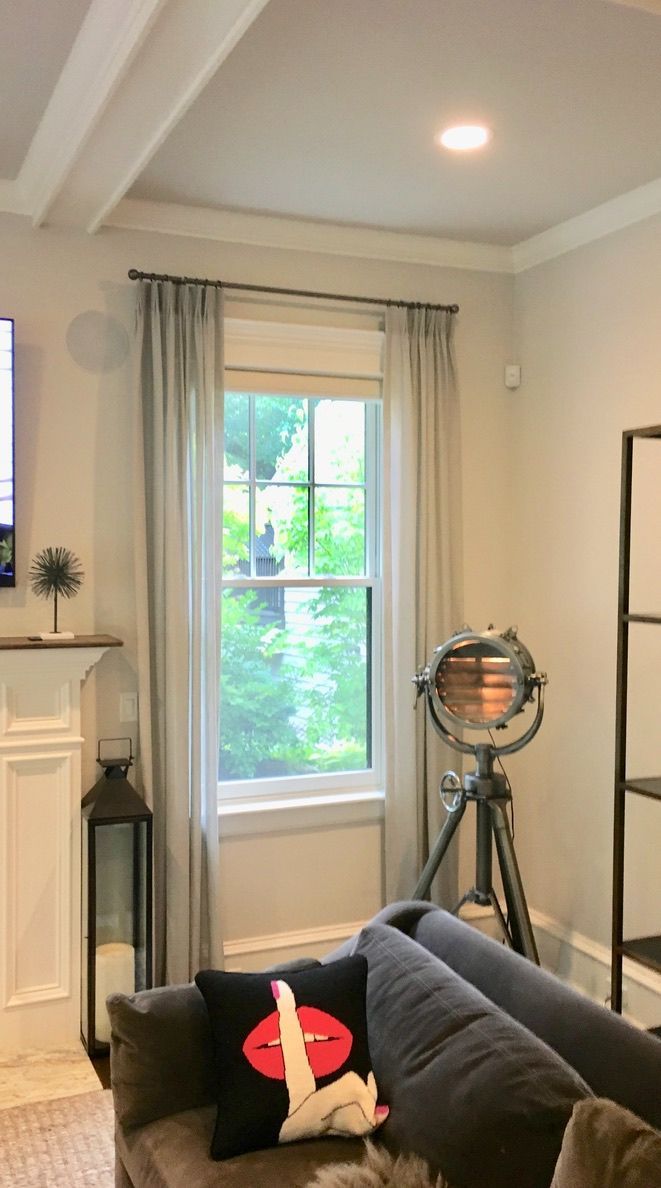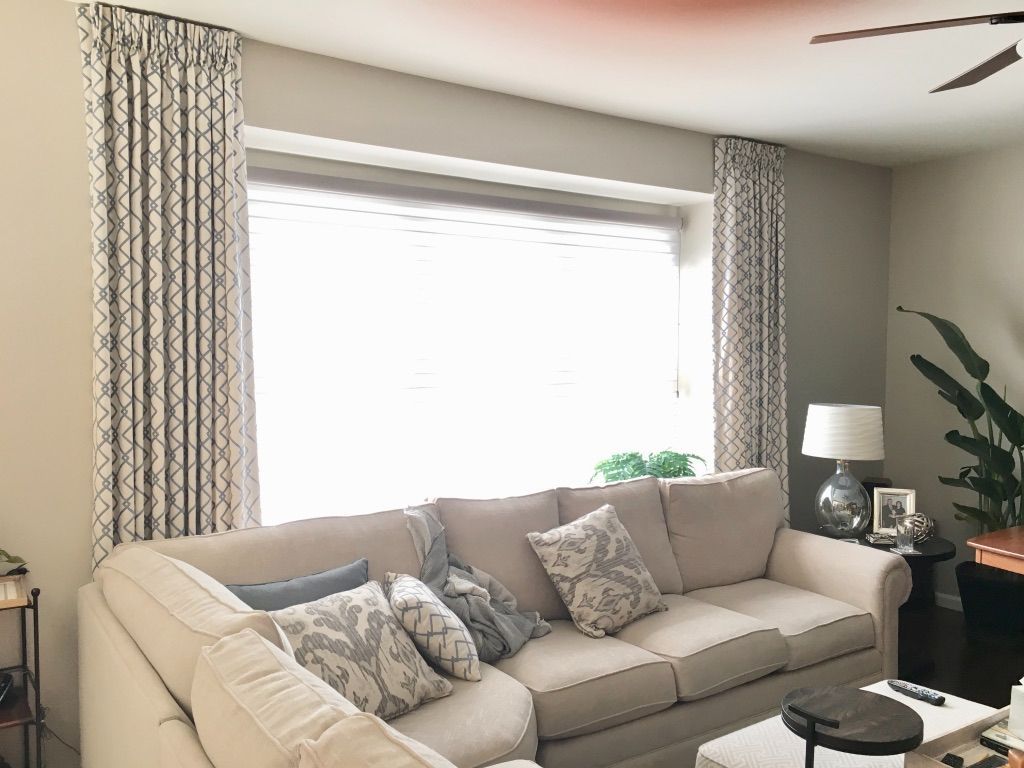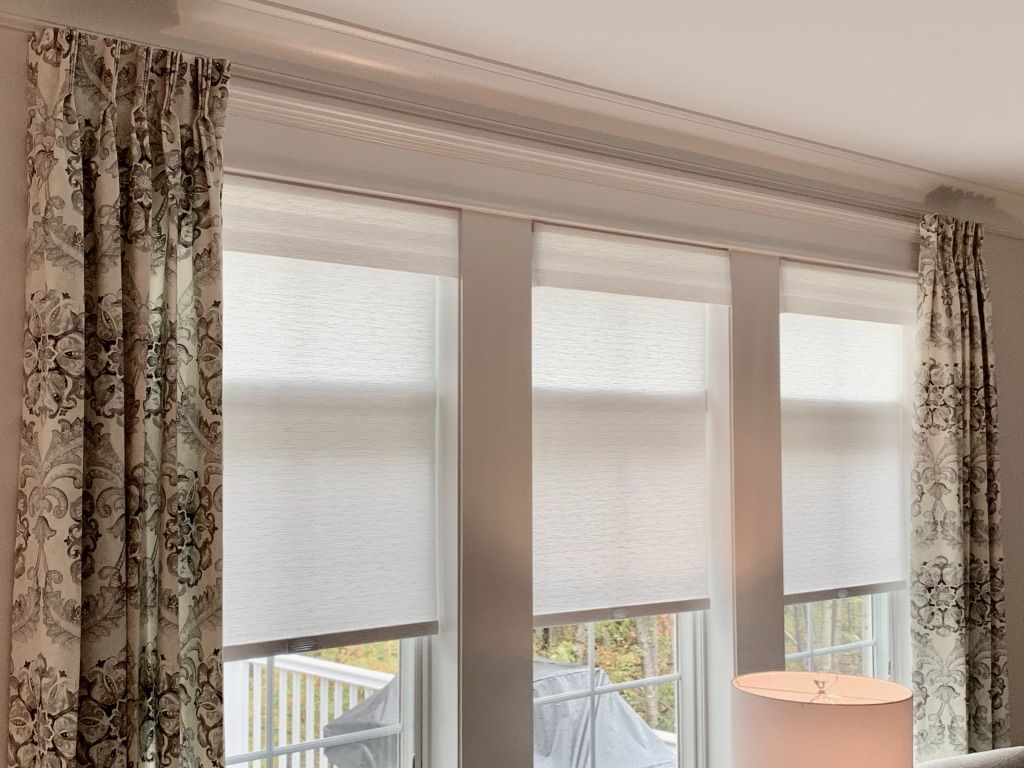Can Drapery Help Reduce Energy Bills? Here’s What You Need to Know
TLDR;
Yes, drapery can significantly help reduce energy bills. By acting as a thermal barrier, properly selected and installed drapes can cut heat loss by up to 60% in the winter and block solar heat in the summer, reducing the need for HVAC use. Simply Windows recommends energy-efficient curtains as a smart investment for long-term comfort and savings.
How Drapes Affect Your Home’s Energy Usage

Drapes aren't just for decoration. They play a vital role in controlling your indoor temperature and energy use.
What Causes Energy Loss Through Windows?
Even the best windows let some energy escape. Here’s how:
- Conduction: Heat passes through window glass, especially single-pane windows.
- Convection: Warm indoor air circulates near cold windows, cooling as it moves.
- Radiation: Infrared heat radiates through the window glass.
Drapes create a pocket of still air that slows these processes, keeping warm air in during winter and blocking out heat in summer.
Understanding R-Value in Drapery
R-Value measures thermal resistance. The higher the R-Value, the better the insulation.
| Drape Type | Estimated R-Value |
|---|---|
| Regular Cotton Drapes | 1.3 |
| Thermal-Lined Drapes | 2.0 - 2.5 |
| Blackout Drapes | 2.9 - 3.7 |
| Drapes + Shades Combo | 3.5 - 4.0+ |
Choosing higher R-Value drapes leads to better energy savings.
Curtains vs Blinds vs Shades: Energy Impact Compared
- Curtains: Best when thermal-lined and floor-length. Offer the highest insulation.
- Blinds: Allow airflow and minimal insulation but can reduce solar gain.
- Shades: Cellular (honeycomb) shades are highly effective, especially when layered with drapes.
Drapes, especially when layered, outperform blinds and basic shades for insulation.
Top Energy-Efficient Curtain Types

Knowing which Types of Drapes actually help reduce bills is key.
Best Materials for Heat Retention and Cooling
- Velvet & Suede: Heavy fabrics, excellent for trapping heat.
- Thermal-Lined Cotton: Combines aesthetic and performance.
- Wool or Fleece: Dense materials naturally insulate.
Color & Weave: Do They Matter?
Absolutely. Color and weave affect reflectivity and absorption:
- Light Colors: Reflect sunlight in summer, reduce heat gain.
- Dark Colors: Absorb and retain warmth in winter.
- Tight Weave: Blocks airflow, traps temperature better.
How to Choose the Right Length & Width
- Go floor-length to block drafts from below the sill.
- Choose a width 1.5 to 2 times the window width for full coverage.
- Ensure they overlap in the center and extend beyond the frame on both sides.
Installation Tips That Maximize Energy Savings
Even the best drapes won't perform well if installed poorly.
Mounting Tips for Maximum Efficiency
- Ceiling-mounted or above-frame installation traps more air.
- Extend drapes past the window frame by 3-6 inches.
- Use cornices or pelmets to trap rising warm air.
- Seal gaps with magnetic strips or Velcro for airtight coverage.
Common Mistakes That Waste Energy
- Drapes that don’t reach the floor let cold air in.
- Leaving gaps at the center or edges.
- Hanging over radiators blocks heat circulation.
Layering Strategies (Curtains + Shades)
Combining treatments boosts efficiency:
- Cellular shades + drapes: One of the best combos.
- Thermal blinds + blackout curtains: Great for light and heat control.
- Sheers by day, thermal drapes by night: Flexible temperature management.
Curtain Strategies for Winter & Summer

Proper use of curtains by season can drastically cut energy use.
Winter Mode: Insulate and Trap Warmth
- Open curtains during sunny hours to let heat in.
- Close them at dusk to trap warmth.
- Use thermal blackout curtains in rooms with large windows.
Summer Mode: Reflect and Block Heat
- Close curtains during peak sun hours (11 am – 4 pm).
- Use light-colored, reflective backings.
- Create a cross-ventilation system by opening shaded windows.
Smart Drapery Solutions
- Install automated drapery systems to open/close based on light or temperature.
- Connect to smart thermostats for optimized performance.
How Much Can You Actually Save?

The results can be measurable, especially with consistent use.
Estimated Savings (Backed by Data)
- U.S. Department of Energy states that thermal curtains can:
- Reduce heat loss by up to 60% in winter.
- Lower cooling loads by up to 33% in summer.
- Average household can save $100-$300 annually depending on usage and home size.
Curtain Cost vs Energy Bill ROI
| Curtain Type | Avg. Cost (per window) | Potential Annual Savings |
|---|---|---|
| Basic Thermal Curtains | $50 - $100 | $50 - $100 |
| Blackout Curtains | $80 - $150 | $100 - $150 |
| Smart Drapery Systems | $300+ | $200+ + convenience |
ROI: Most basic thermal curtains pay for themselves in 1-2 seasons.
Carbon Emissions Reduced by Drapery Use
By reducing HVAC use, you lower your carbon footprint:
- Average home emits 3-5 tons of CO2 annually from HVAC.
- Energy-efficient window treatments can cut this by 8-15%.
Frequently Asked Questions

